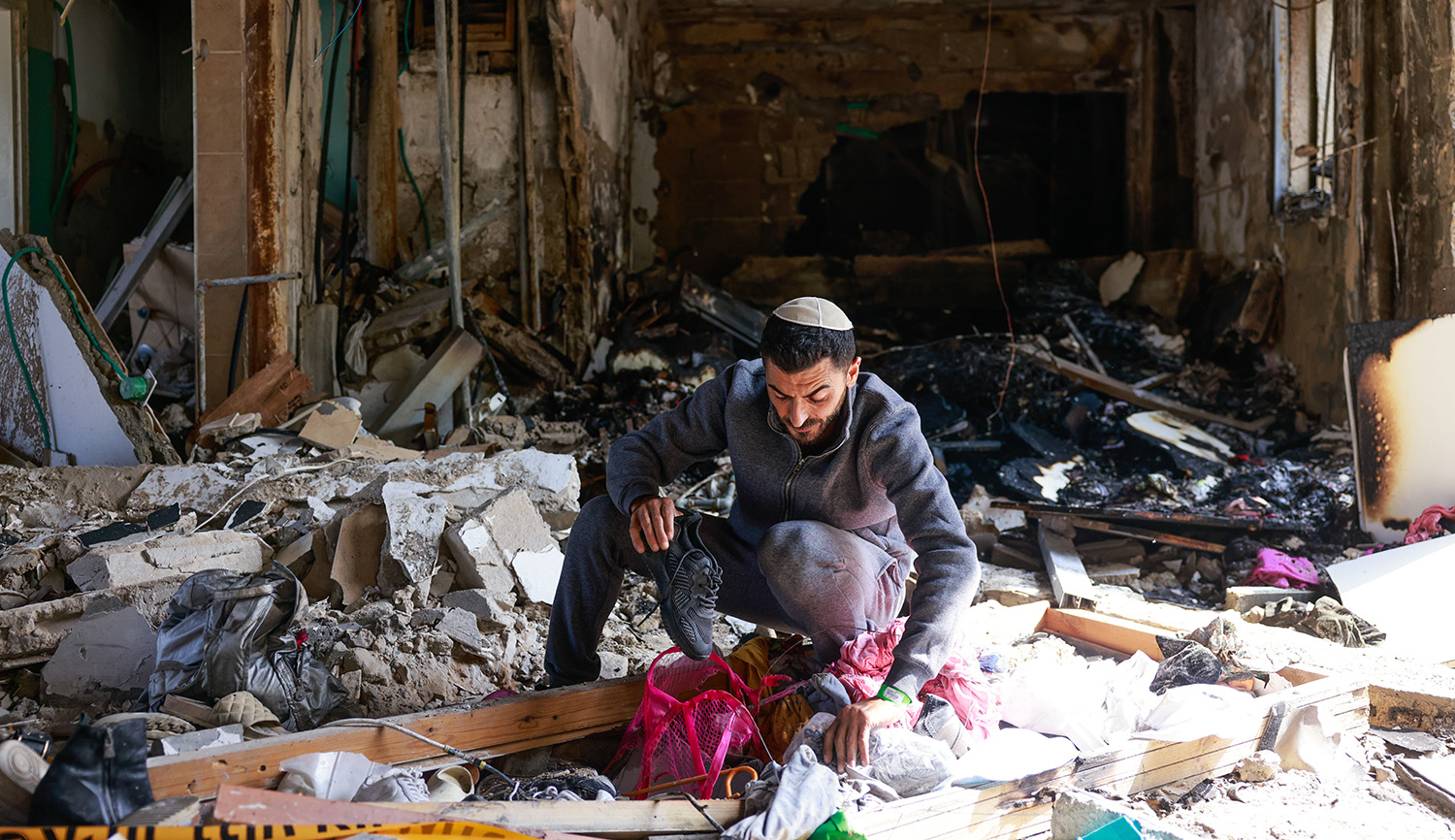The Nobel-Prize winning Israeli novelist S. Y. Agnon was one of the pioneers of twentieth-century Hebrew literature. He is known for the sophisticated, allusive, sometimes cryptic style with which he paints his portraits of religious life and the inner religious world of his characters. His long short story “Twofold,” from 1939, tells of one man’s experience of Yom Kippur in Jerusalem. It has been rendered into English for the first time by Jeffrey Saks.
At that hour I had not prepared myself for Yom Kippur; rather, on the afternoon before Yom Kippur, toward evening, I went to the synagogue in my neighborhood, unlike every other year when I was accustomed to pray in the city. The Holy One blessed be He fills the whole world with His glory; wherever a man prays, his prayer is desired. How much more so in the synagogue, and how much more so in Jerusalem, which is wholly sanctified for prayer? It’s true that the synagogues in town are full of pious and perfect Jews who know how to appease their Creator with prayer and prayer leaders who pray with special intention. But, I said to myself, who am I that I should seek special intents? It’s enough for a man such as myself to pray that which is written in the mahzor.
More about: Jewish literature, Modern Hebrew literature, S. Y. Agnon, Yom Kippur


